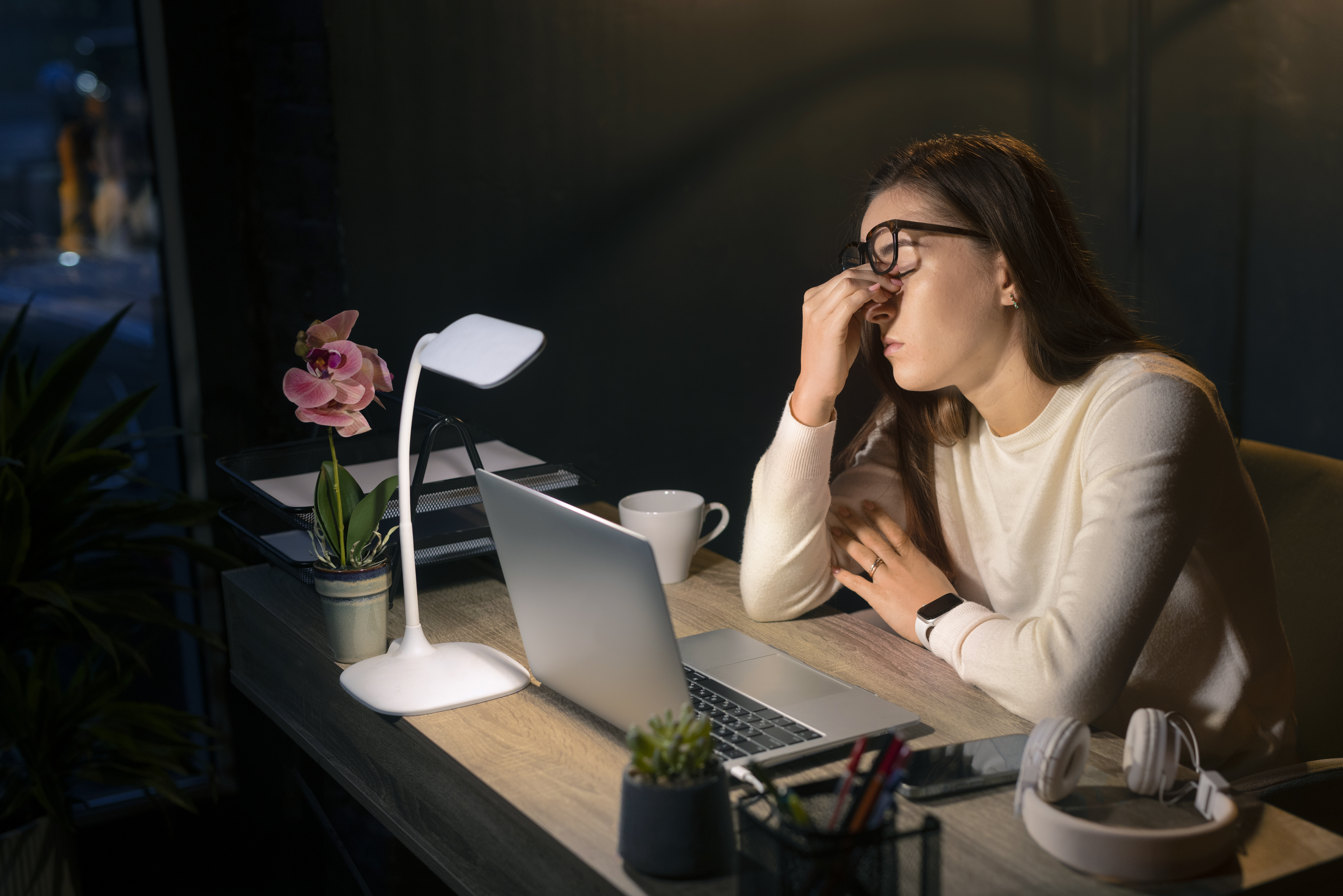What is Photophobia?
Photophobia means your eyes are sensitive to light. People with photophobia feel discomfort or pain when exposed to bright light. This condition is also called light sensitivity in eyes. While it is not a disease, it can be a sign of other health problems. For example, some eye or brain conditions can make you more sensitive to light. Photophobia can affect people of all ages. It may last for a short time or become a long-term issue. If you notice eye discomfort in bright light, you may have photophobia.
Common Symptoms of Photophobia
Photophobia can cause several symptoms. These signs may be mild or severe. Often, symptoms get worse in sunlight or under bright indoor lights. If you have photophobia, you might notice:
Sometimes, these symptoms can make daily tasks harder. For instance, reading or driving may become difficult.
Causes and Risk Factors
Many things can cause photophobia. Some causes are simple, while others are more serious. Common causes of photophobia include:
Some people are more at risk. For example, those with light-colored eyes may feel more sensitive. Also, people who spend a lot of time in bright places can develop symptoms. According to the CDC, migraines are a leading cause of photophobia in adults.
How Photophobia is Diagnosed
If you have light sensitivity in your eyes, a doctor can help find the cause. First, the doctor will ask about your symptoms and medical history. Next, they will examine your eyes. Sometimes, special tests are needed. These may include:
Early diagnosis helps prevent further problems. Therefore, it is important to see a doctor if symptoms last more than a few days.
Treatment Options for Photophobia
Treatment for photophobia depends on the cause. In many cases, treating the underlying problem helps reduce light sensitivity. Common photophobia treatments include:
For some people, photophobia may not go away completely. However, these steps can make symptoms easier to manage. Always follow your doctor’s advice for the best results.
Lifestyle Tips and Prevention
There are simple ways to lower your risk of photophobia. Even small changes can help. Try these tips:
Additionally, avoid rubbing your eyes, as this can make symptoms worse. If you use contact lenses, clean them as directed.
When to See an Eye Specialist
Sometimes, photophobia can signal a serious health issue. You should see an eye specialist if:
Early care can prevent complications. Therefore, do not ignore ongoing symptoms. Consult an eye specialist for personalized advice on managing photophobia.

